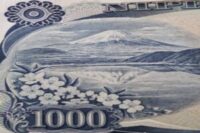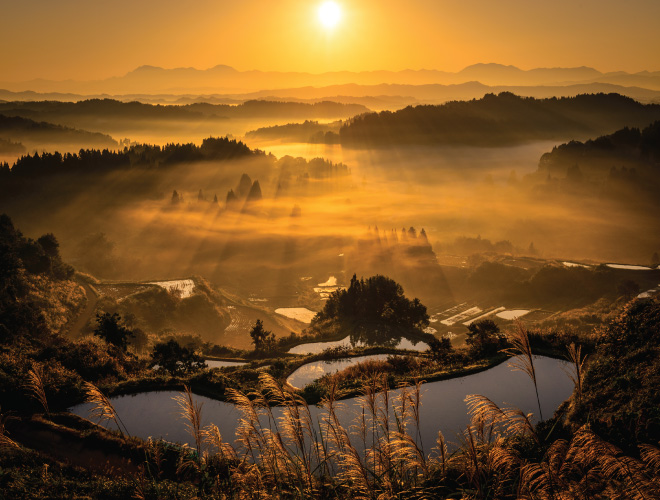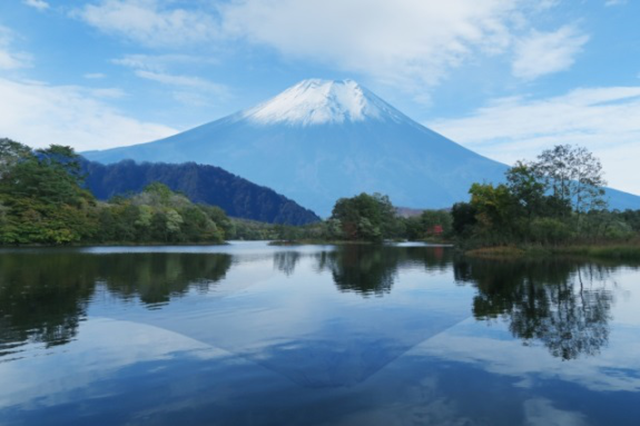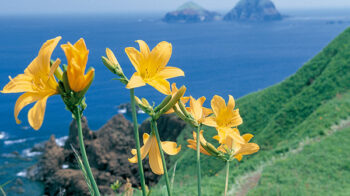Three magnificent things
In Japan, people love to talk about three magnificent things.
The number three is special for many people all over the world.
Japan is no exception.
Let’s check the three magnificent things and learn about Japanese geography.
Below is the contents of this page.
1. Mountains
Firstly, mountains.
As Japan is a mountainous country (about 70% is covered by mountains), mountains are a familiar existence for Japanese.
In addition, mountains bring us countless blessings; fruits, mushrooms, wood, waters, etc.
Therefore, we often consider mountains as Shinto gods
Three highest mountains:
- Fuji (Shizuoka /Yamanashi) 3,776 m
- Kita (Yamanashi) 3,193 m
- Hodaka (Nagano / Gifu) 3,190 m
Three most famous mountains:
- Fuji (Shizuoka /Yamanashi) 3,776 m
- Tateyama (Toyama) 3,015 m
- Hakusan (Ishikawa /Gifu) 2,702 m
You might find another three most famous mountains in Japan.
Because rankings based on fame or popularity are always changeable.
That is, transience of the world.
However, one thing is everlasting: Mt.Fuji occupies the first place.
With the height of 3,776m, Mt.Fuji is the highest and most majestic mountain in Japan.

1000 yen bill
2. Lakes
Secondly, lakes.
These are photos of Mt. Fuji reflected on the lake.
In Japan, this type of photo is called Sakasa-Fuji (literally, inverted Fuji) and very popular.
You can find it even on the backside of a 1,000 yen bill.
Three biggest lakes:
- Biwa(Shiga) 670.4 km²
- Kasumiga-ura(Ibaraki) 220 km²
- Saroma(Hokkaido) 150 km²
Three deepest lakes:
- Tazawa(Akita) 423 m
- Sikotsu(Hokkaido) 363 m
- Towada(Aomori /Akita) 327 m
3. Rivers
Thirdly, rivers.
As Japan is a mountainous country, many rivers are short and rapid. But some rivers are fairly long.
Let’s check the three longest rivers.
Three longest rivers:
- Shinano (Niigata / Gunma /Nagano *here the river is called as Chikuma)
⇒367 km - Tone (Ibaraki /Tochigi /Gunma /Saitama / Chiba / Tokyo /Nagano)
⇒322 km - Ishikari(Hokkaido)
⇒268 km
Significantly, long rivers flow across many prefectures, sometimes changing their names.
For example, the longest river, Shinano, is called as such in Niigata and Gunma prefectures.
But in Nagano, it is called Chikuma.
On the other hand, Ishikari doesn’t change its name, because it flows only inside Hokkaido.
Then, how about Tone?
– Why doesn’t the Tone change its name?
Tone river flows across 7 prefectures.
But the Toné doesn’t change its name.
Why ?
Because it was always under the control of the Tokugawa Shogunate.
Tone river used to be a river of rampage and overflowed quite often.
It was Tokugawa Ieyasu and his descendants who accomplished many flood prevention projects on the Tone river.
How dare you call it by another name?






